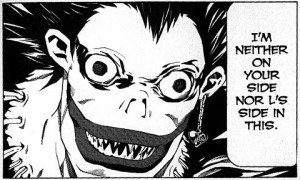This week I read Anya's
Ghost by Vera Brosgol. I didn't know what to expect when I picked this work up,
I just picked it because I wanted something visually interesting and fun to
read. This book luckily satisfied that need very well. I loved the art style
and the whimsicality of the whole story.
The story follows Anya, a high schooler living
in New England somewhere. She falls into a hole on the way to school and find
bones, which happen to be linked to a ghost. She talks to the ghost and
befriends her for a while and promises to help find her killer. As the story
progresses, Anya find out that the ghost, Emily, was not murdered and was
actually a murderer who died while trying to escape.
The art reminded me of
some modern gothic literature, as well as a slight resemblance to Bryan Lee
O'Malley's Scott Pilgrim. Anya is as normal of a high school unpopular kid as
you can find, and I quite enjoyed this because I am familiar with that point of
view and related to it. I couldn't stop reading and was happy when I finished
the book because I loved the story, but I wanted to read more. I think what
really made me enjoy this book was how similar the storytelling and art was to
Craig Thompson’s Blankets, which was probably my favorite thing I read this
semester along with this book. The simple yet emotive art and the minimal
dialog made for a pleasant and involved read.






